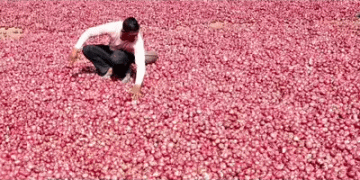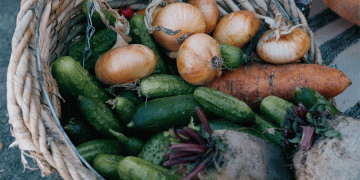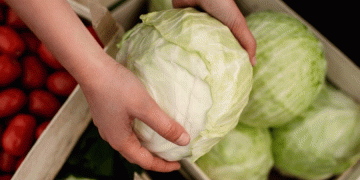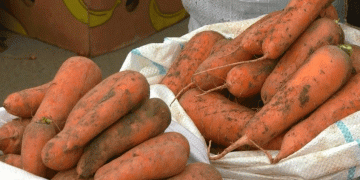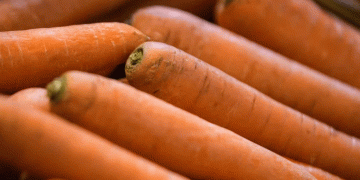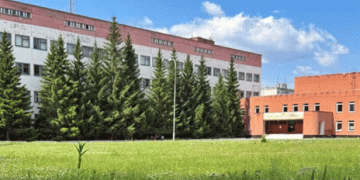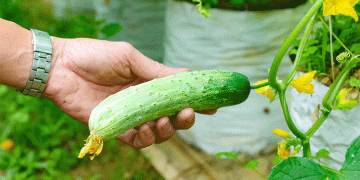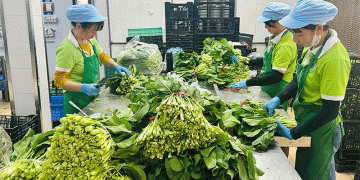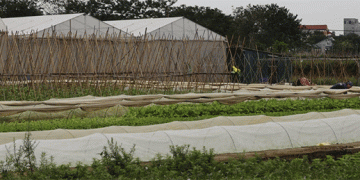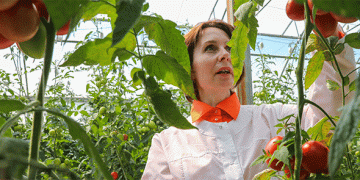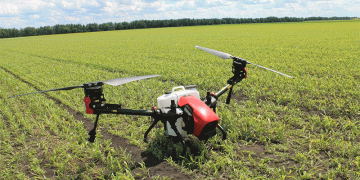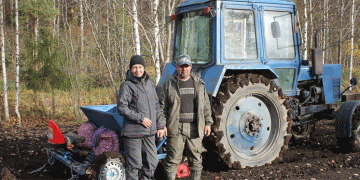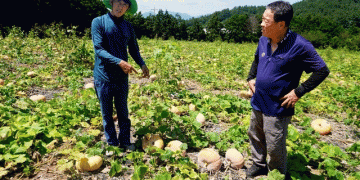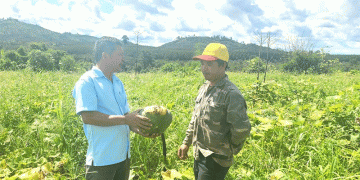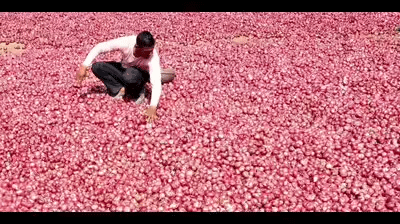The summer onion production in Nashik district has surged by 63% in the 2024-25 (Dec-April) season, reaching 59 lakh tonnes, compared to 36 lakh tonnes the previous year, according to the state agriculture department. This impressive growth comes from a 78% expansion in cultivation area, rising from 1.4 lakh hectares in 2023-24 to 2.5 lakh hectares in 2024-25, with an average yield of 23.4 tonnes per hectare.
Despite 5% crop damage from unseasonal May rains, the overall output remains high, ensuring sufficient supply until the next harvest in October. Unlike kharif and late kharif onions, which spoil within a month, summer onions (harvested in March-April) can be stored for 6-7 months, allowing farmers to sell strategically when prices are favorable.
Market Dynamics & Price Pressures
Currently, the Lasalgaon APMC reports a wholesale price of ₹1,600 per quintal, slightly higher than last year’s ₹1,500 per quintal. However, prices are expected to fluctuate between ₹1,400 and ₹2,000 per quintal in the coming months.
Bharat Dighole, President of the Maharashtra Onion Growers’ Association, highlights a critical issue: “The production cost is around ₹1,800 per quintal, but farmers have been selling at ₹1,050–1,600, incurring losses.” He demands a ₹2,000 per quintal compensation for farmers affected by price drops due to government policies.
To stabilize prices, the Centre has announced the procurement of 3 lakh tonnes under the Price Stabilization Fund, handled by NAFED and NCCF. However, farmers demand direct procurement at ₹3,000 per quintal to ensure fair returns.
Balancing Supply & Farmer Welfare
While Nashik’s onion production has hit record highs, farmers’ profitability remains a concern. Without structural price support and better procurement policies, high yields may not translate into sustainable income. Government intervention, including enhanced buffer stocks and direct farmer purchases, will be crucial to stabilizing the market and protecting growers.
